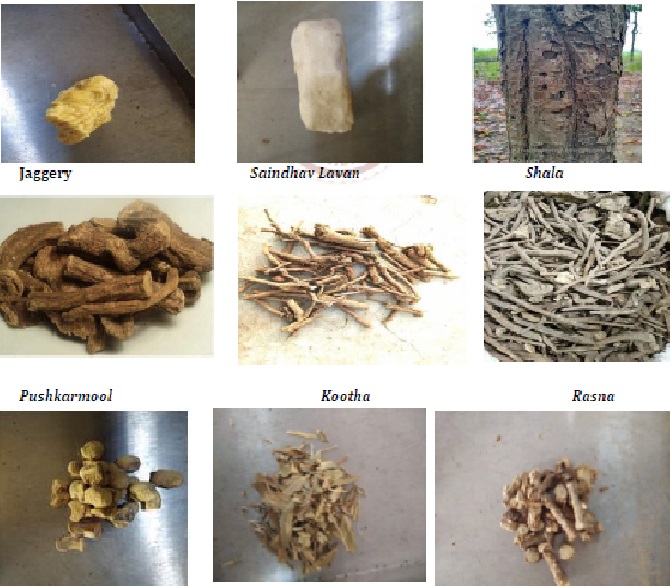A Clinical Study of Ballitarwadi Gutika in the Management of Manyastambha (Cervical Spondylosis)
DOI:
https://doi.org/10.47070/ayushdhara.v10i5.1394Keywords:
Cervical spondylosis, Manyastambha, Ballitarwadi Gutika, Vata Nanatmaja VyadhiAbstract
Manyastambha symptoms and signs are associated to cervical spondylosis. The disease not only negatively impacts a person's health but also greatly impairs quality of life and daily activities. Neck arthritis, also known as cervical spondylosis, can result from disc and ligament problems, as well as bone spurs. This disease primarily affects persons during their productive years of life, with a male-to-female ratio of 3:1 and an incidence of 0.1-1% in the general population. Without regard to sex, religion, or other factors, a total of 45 individuals with the defining signs and symptoms of Manyastambha were chosen for this research trial (Cervical spondylosis). In the current study Ballitarwadi Gutika in the dose of 500mg thrice in a day with Anupana of like warm water for 45 days. Results showed that pain was reduced by 79.33%, stiffness 57.47% and parasthesia 48.44% which were statistically significant. Statistically very significant results were also found in swelling (64.13%), vertigo (52.38%) and neck muscle strength (52.27%). Restricted neck movements like flexion, extension, rotation and lateral flexion were improved by 50.22%, 51.78%, 51.71% and 52.70% respectively. And overall, 57.25% result was observed during the study.
Downloads

Downloads
Published
Issue
Section
License
Copyright (c) 2023 AYUSHDHARA

This work is licensed under a Creative Commons Attribution-NonCommercial-ShareAlike 4.0 International License.


